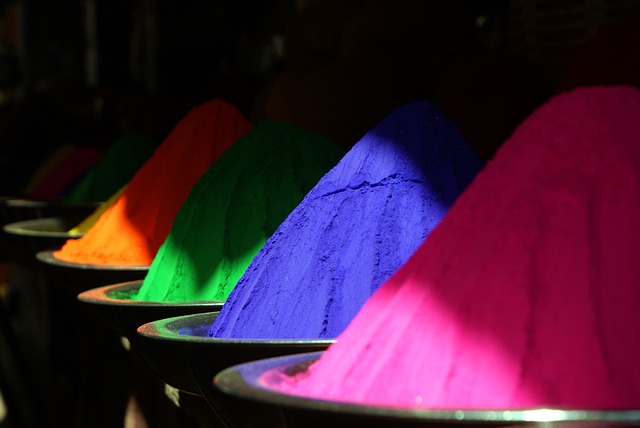Unless you’re going entirely for earth-tones and shades of gray, your T-shirts are probably going to end up being pretty colorful. If you don’t have a solid understanding of how to coordinate those colors, that might be a bad thing. While there’s certainly something to be said for tye-dye shirts, trying to put together a design without any knowledge of how color works is bound to end in disaster.

You’re likely as not going to end up with a clashing, eye-popping mess.
Don’t worry – color coordination isn’t difficult. Here are a few tips to help you be better at it. Once you’ve got this advice down, you can move to more advanced stuff and better designs as a result.
1. Start With The Basics
A good foundation is a key to successful design. With that said, I’d strongly advise familiarizing yourself with basic color theory. This KISSmetrics infographic should be incredibly helpful in that, as it shows various colors and how they complement or otherwise impact one another. Additionally, familiarize yourself with the three primary colors – red, blue, and yellow – and the combinations required to create secondary and tertiary colors.
As a general rule, you’re going to want to keep your shirt simple. Don’t use more than three or four colors unless you’re going for a crazy rainbow design, or something really intricate and complex. Of course, if you’re doing the latter and you don’t have a solid understanding of color composition, you’re playing with fire.
One last thing – unless you’re designing a holiday shirt, stay away from combinations like red and green or black and orange.
2. Know The Difference Between Dirty and Clean
No, I’m not talking about doing laundry.
When referring to color coordination, ‘dirty’ colors are those that have gray or muted undertones. They tend to look dim or neutral, and may not be especially eye-catching. ‘Clean’ colors, meanwhile, have no undertone. Makes sense, right?
One of the biggest color coordination mistakes you can make – both in shirt design and in your day-to-day life – is to mix dirty colors with clean colors. Never do that. It looks bad – just as
3. Shading Is Important
Last but certainly not least, a monochromatic look is always a safe way to go. Lighter and darker shades of the same color tend to look pretty good with one another, and black, white, or gray tend to go well with the majority of colors. The exception to this rule is combining gray or white with bright colors like yellow – it not only clashes, it hurts the eyes, too.
Closing Thoughts
What I’ve outlined here is just the basics. There’s a lot more advanced stuff to learn about color theory, composition, and design in general. But this should be enough to get you started – to give you a basic understanding and let you create your first few designs.
Why not try putting that understanding to use by swinging over to BlueCotton’s powerful Design Studio?
